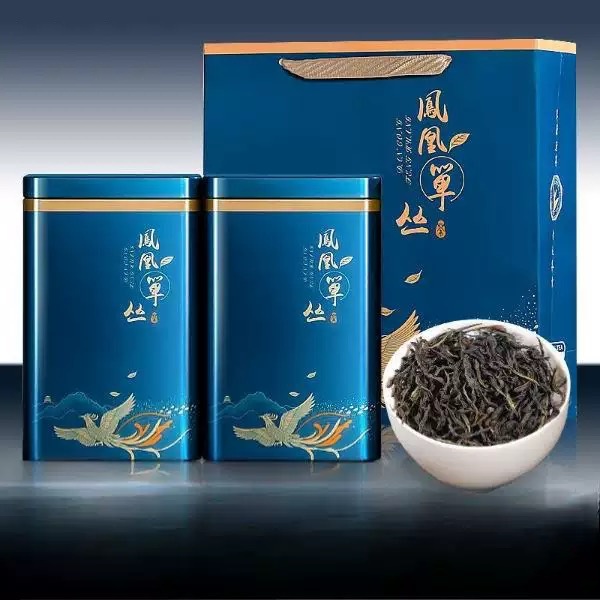
# Brewing the Perfect Cup of Oolong Tea
Introduction to Oolong Tea
Oolong tea, a traditional Chinese tea, sits beautifully between green and black tea in terms of oxidation. Its unique processing method gives it a complex flavor profile that can range from floral and light to rich and toasty. To fully appreciate its nuances, proper brewing is essential.
Choosing Your Oolong Tea
Before brewing, select a quality oolong tea. There are two main categories:
- Light Oolongs (like Tie Guan Yin) – less oxidized, floral and fresh
- Dark Oolongs (like Da Hong Pao) – more oxidized, rich and roasted
Whole leaf teas generally offer better flavor than broken leaves or tea bags.
Essential Brewing Equipment
For the best results, gather these tools:
- Gaiwan (traditional Chinese lidded bowl) or small teapot
- Fine mesh strainer
- Small teacups (2-4 oz size)
- Temperature-controlled kettle
- Timer
Step-by-Step Brewing Guide
1. Water Preparation
Use fresh, filtered water heated to 185-205°F (85-96°C). Light oolongs prefer lower temperatures, while darker oolongs can handle hotter water.
2. Warming the Vessels
Pour hot water into your brewing vessel and cups to warm them, then discard the water. This helps maintain brewing temperature.
3. Measuring the Tea
Use about 1 teaspoon (2-3 grams) of tea per 6 oz of water. Adjust to taste – some prefer stronger brews with more leaves.
4. First Infusion
Pour water over the leaves and steep for 30 seconds to 1 minute. Oolong leaves unfurl slowly, so the first infusion is often lighter.
5. Subsequent Infusions
Oolong can be steeped multiple times (often 3-7 times). Increase steeping time by 15-30 seconds with each infusion as the leaves open.
6. Enjoying Your Tea
Pour the tea through a strainer into your cup. Take time to appreciate the aroma before sipping. Notice how the flavor changes with each infusion.
Keyword: Brewing Oolong Tea
Tips for Perfect Oolong Tea
- Pre-rinse the leaves with a quick (5-10 second) infusion and discard this first wash
- Use shorter steeps for delicate floral oolongs, longer for roasted varieties
- Experiment with leaf-to-water ratios to find your perfect strength
- Store oolong tea in an airtight container away from light and strong odors
Common Mistakes to Avoid
Even experienced tea drinkers sometimes make these errors:
- Using boiling water (can scorch delicate leaves)
- Oversteeping (leads to bitterness)
- Using too few leaves (results in weak flavor)
- Not preheating vessels (causes temperature drop)
Conclusion
Mastering oolong tea brewing takes practice, but the journey is as rewarding as the destination. Each cup offers new discoveries as you